Submitted by: Chris McKerracher, Trades II Gardener, City of Vancouver
“Are you going to plant daffodils?”
The words tumbled out of the mouth of a girl amongst a small group of kindergarten students watching us work. They were taking a break from their gym activity of jogging around the field at David Lam Park in Vancouver’s upscale Yaletown neighbourhood.
“Do you like daffodils?” I asked. Emphatic, full-bodied, little-kid nods from the group. “We can plant some if you like” Excitement bubbled through the group and everyone danced and started talking at once in agreement, before running off to catch their classmates to tell them the news.

The elementary school adjacent to the park was foremost in my mind when I decided to renovate the bed we were working in. It had originally been planted with hydrangeas (Hydrangea macrophylla) and beautyberries (Callicarpa bodinieri) which had filled in and become a safety concern in the park. In public parks, in downtown Vancouver it is important to maintain open sightlines for park users. This contributes to the safety of the space and helps discourage things like intravenous drug use. Syringes had started turning up, so as much as I hate to remove big, beautiful, mature shrubs, it was time to try something different in this bed.
Two mature dove trees (Davidia involucrata) had filled the raised bed with roots and tenacious perennial weeds had taken hold, chief among them horsetail (Equisetum arvense). This prevented us from replanting the bed with perennials because not only is horsetail extremely labour intensive to control, but digging the rootbound bed to install the perennials would damage the trees.
Typically, this situation would call for seeding perennial ryegrass (Lolium perenne), our standard turfgrass in the parks department. This would create a lawn around the trees, eliminating any hiding spots and controlling the weeds through regular mowing. This solution is effective and low maintenance, but I wanted to try something different.
Pollinator meadows, areas of wildflowers and grasses, have been identified in the City of Vancouver Biodiversity Strategy as opportunities to increase the health and diversity of the urban ecosystem; and according to the National Parks and Recreations Association in the United States, 94 percent of Americans feel “promoting pollinator health should be a conservation priority.” The best way to support both a higher number and diversity of pollinators, says Nature, is to create areas with high flower diversity.
Not only did I want to create more, high-quality habitat for our fuzzy bumblebee friends, I wanted to see how well a pollinator meadow would perform in a downtown park setting. Specifically to see whether it would be more visually appealing and if it would require less maintenance than grass.
I selected and combined two blends from West Coast Seeds, a turf alternative wildflower mix and a clover mix. Between the two blends there are 12 species of wild flowers, three of clover and three more of grass. In preparation of planting, after removing the shrubs, I weeded the bed twice about a month apart. Waiting with the soil fallow gives weed seeds present in the soil a chance to germinate and opportunity to pull and reduce the number of weeds growing amongst my newly seeded flowers.
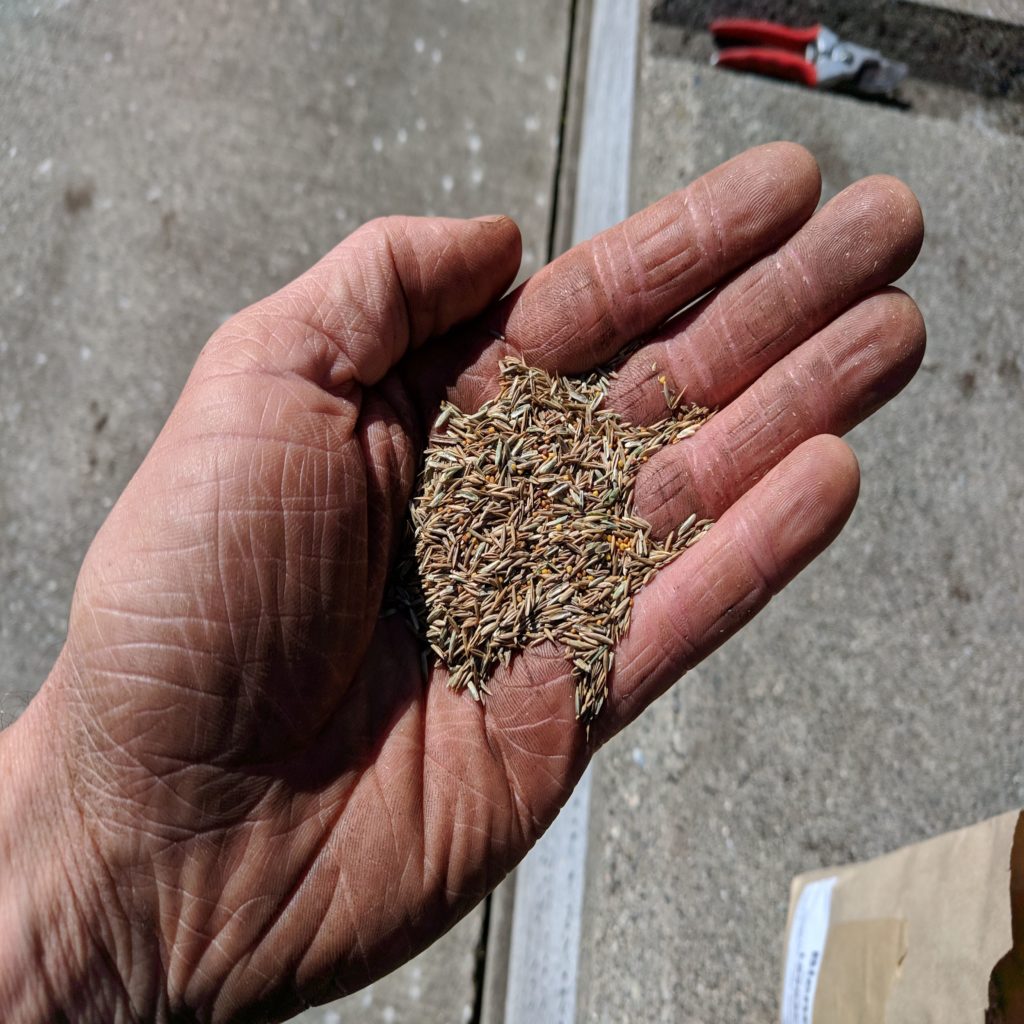
I seeded in late March and germination of the blend was a little slow but uniform, even towards the back of the bed where it is quite shady. Next time, I’ll have to be more patient and seed later on in the spring when the soil temperatures are warmer to get a faster germination, but I let my excitement get the best of me and I seeded very early in the viable window.
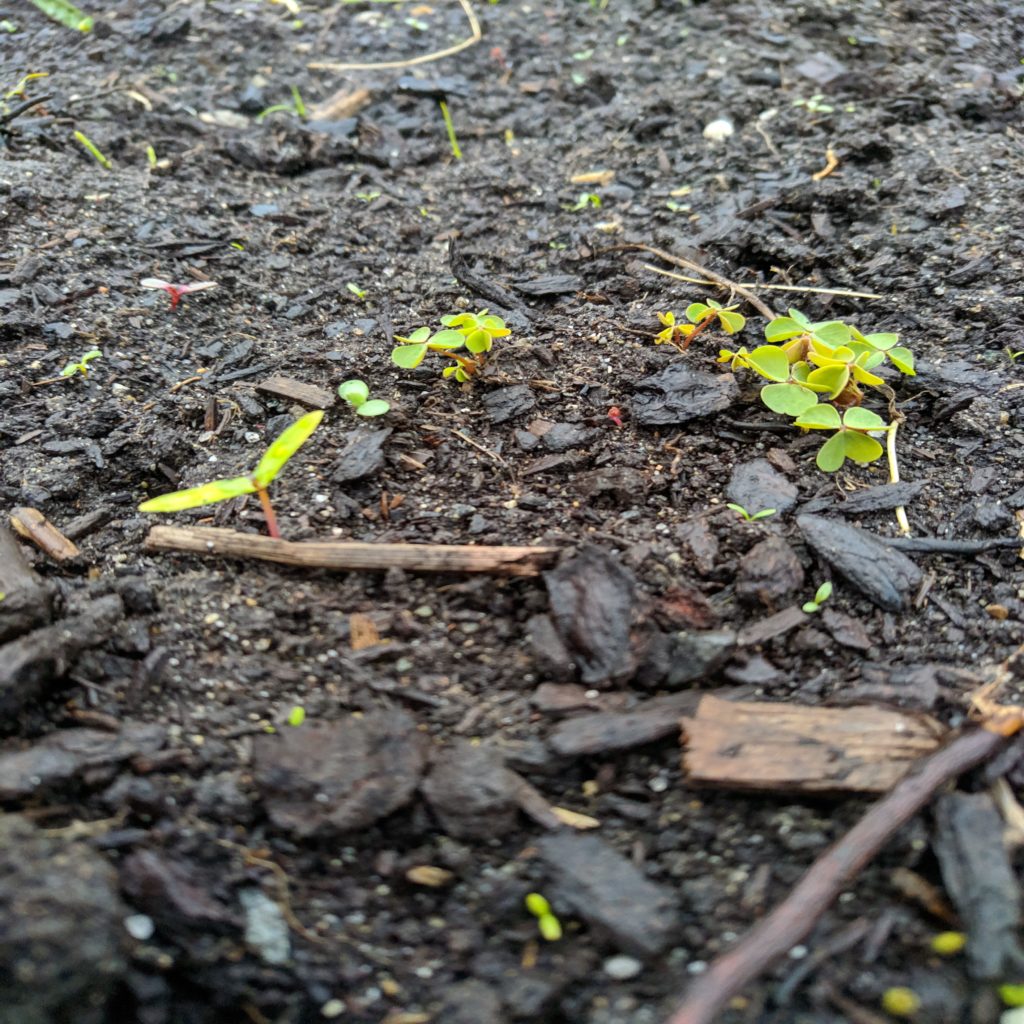
Even though we weeded the bed twice in preparation for seeding, the soil weed seedbank was well developed and started causing problems. Buttercup (Ranunculus repens) and
persicaria (Persicaria maculosa) sprung up immediately, but bees love these flowers, so controlling them was not as much a priority. Broadleaf plantain (Plantago major), however, was emerging as a problem.
Plantain is a common perennial turf weed and can be difficult to control because not only does it tolerate mowing, but it can produce more than 10,000 seeds per plant that can remain viable in the soil for up to 60 years. Even worse, it’s wind pollinated, so it doesn’t help the bees at all. I decided to hand weed it to help the beneficial plants compete with it, and while the seeds may remain viable for a very long time, diligent weeding can reduce the plantain population significantly over a couple of seasons.
I weeded the bed six times through the spring summer and fall, getting help in July from the resident Canada goose population. One morning I came upon more than 30 of them crowded into the bed happily crunching all the clover down to 5 cm above the ground. Geese, like me, don’t like plantain and carefully ate around the offensive coarse foliage, leaving the plantain plants with nowhere to hide and easily pulled.

As soon as the flowers started blooming in mid May, parks patrons started to get excited. The true blue of the baby blue eyes (Nemophila menziesii) and the hot orange of the California poppy (Eschscholzia californica) started to catch people’s eyes and the kids from the school always stopped to look at the flowers as they were supposed to be running by. One a park patron took me aside to tell me how grateful he was that we had done something different than saying it was “so much better than just grass.” Roly-poly bumblebees created waves through the clover flowers as they clumsily bumped into everything. I even saw a small mouse dangling upside down from a clover stem, chewing on one of the flowers.
I mowed this bed 1.5 times, only mowing it half of the bed at a time, so as not to cut off all of the flowers and leave food for the insects. So while the burden of weeding the bed was higher than I’d hoped, it required around 18 fewer mowing visits than if it was seeded to turfgrass. Now my turf crews are asking me to replace other turf areas with clover and wildflower mix to lighten their load.
In the fall, I planted more of the all important daffodils along with hundreds of early bulbs like dwarf iris (Iris reticulata), early crocus (Crocus tommasinianus), snowdrops (Galanthus nivalis) and grape hyacinth (Muscari armeniacum). Early spring flowers are especially important for native pollinators emerging from their winter hibernation, hungry and at a time when flowers are scarce. All these bulbs naturalise well and should spread throughout the bed.
I love this bed. It started out as an experiment and now I’m completely taken by it. In the summer it’s beautiful and dynamic, and requires an addictive way of gardening. It takes more of an ecosystem approach, where I try and choose plants that will thrive and provide food for insects and fulfill certain roles — such as early spring forage — but they all have to be able to make it on their own without the attention that I pay to my other garden beds.
This upcoming year, in response to the success of this project, we are expanding our use of wildflower seeds in downtown parks and I’ve increased the number of naturalising bulbs I’ve planted making the parks more friendly to both our native pollinators and the kids who sometimes need a break to look at daffodils.
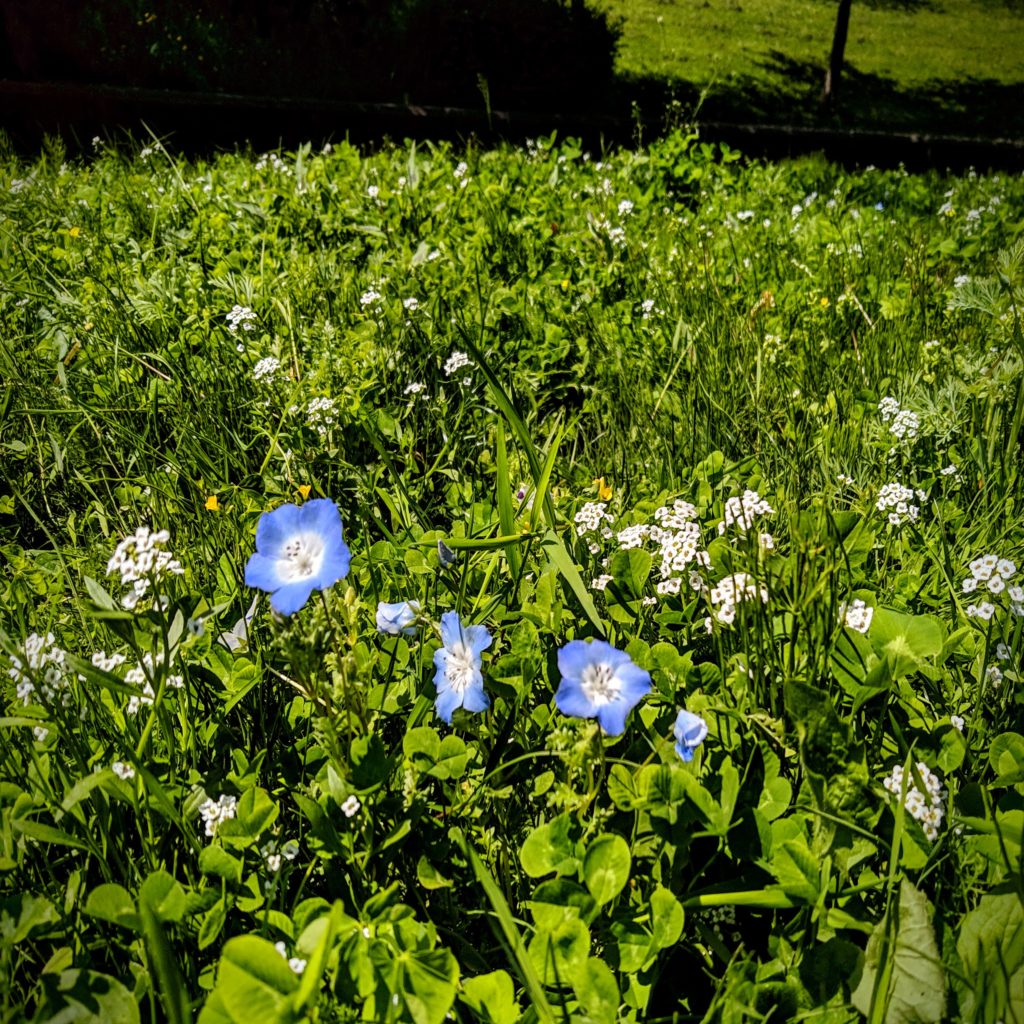
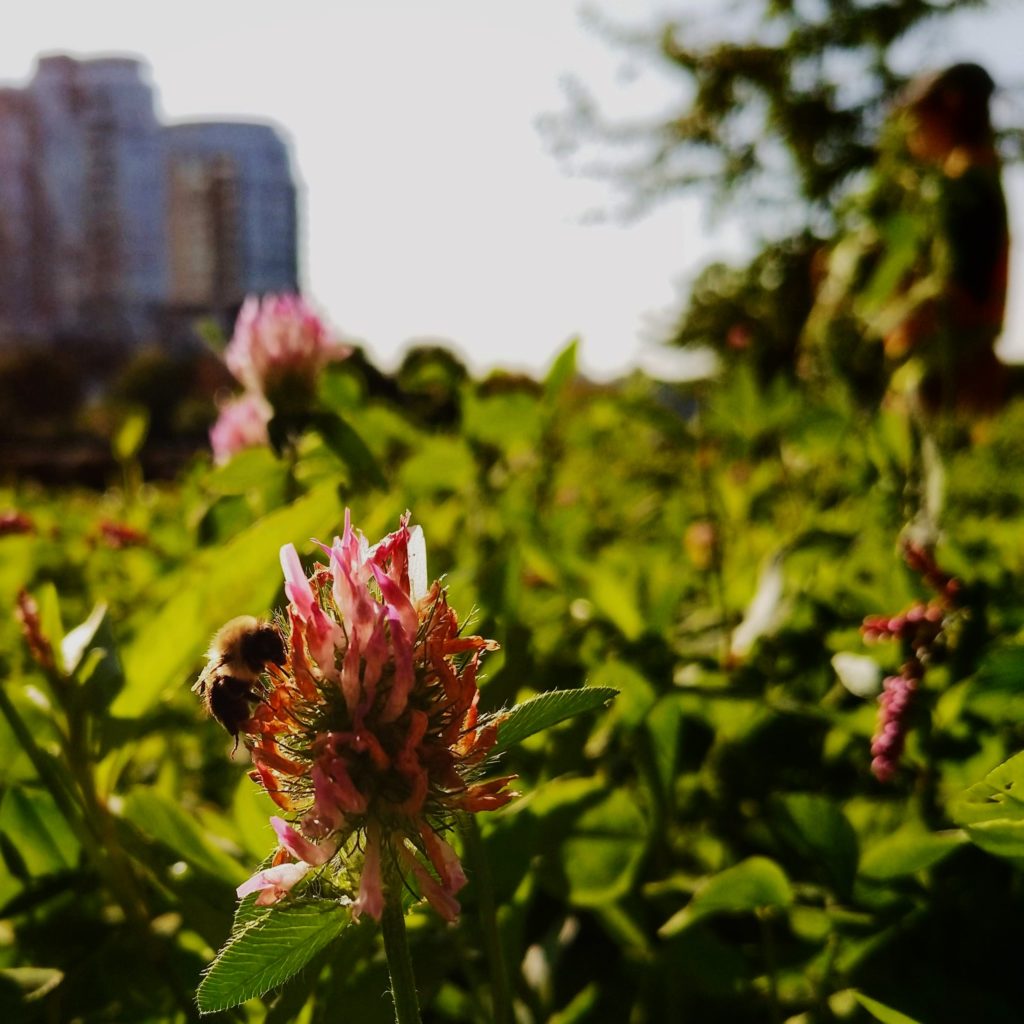


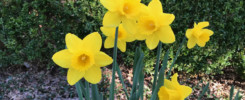
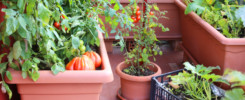
That is great you are planting for native pollinators! Can I recommend you plant more native plants as scientific research by Doug Tallamy has shown that proper native selections have the greatest impact for pollinators, songbirds and connecting the whole ecosystem? As a resident I would appreciate this approach to helping our important fuzzy friends!